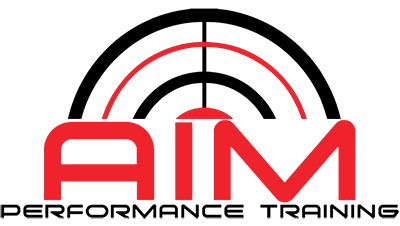Tracking Macros: How To
For many, understanding and strategizing for nutrition is the hardest part of health and fitness. While Dietitians and Nutritionists are available, not everyone is able to afford their services.
Food and nutrition is 80% of a successful fitness journey. You could be consistently training at max effort, but if you’re not eating right or enough, you could be hindering your journey to your goals and you likely won’t see the changes you hope for.
If you’re unable to work with a Dietitian or Nutritionist and you’re hoping to figure out food on your own, you can begin by tracking macronutrients.
What are macronutrients?
Macronutrients — or macros — are the main nutrient found in food and you need a lot of them to function regularly and well. Macros come from proteins, carbs and fats and give your body energy. Examples of macros include bread, beans, milk, yogurt, fruit, fish, meat, cheese, eggs and more.
Why should I track macros?
Tracking macros provides flexibility within your diet and allows you to continue eating your favorite foods. Tracking will also teach you what the foods you eat are made of. You can leverage tracking macros to learn more about nutrition.
Your nutrition will support your goals. If you’re looking to lean out, maintain, or build muscle, your training will typically stay the same. Tracking your macros can assist you along your training path.
EASY TIPS FOR EATING MORE VEGGIES
How do I know if I’m getting enough macros?
Keep a food journal for a week or two. Write down everything, truly everything, you consume on a daily basis in that timeframe. Evaluate the foods you regularly eat and determine whether or not they contain macros. You can also take vitamin or mineral supplements to ensure you’re receiving macros from each food group.
How should I track macros?
The easiest way to track macros today is to download a fitness app with these capabilities and track your food intake there. MyFitnessPal, LifeSum and Nutritionix Track are just a few of the apps available for you to track macros. They’re fairly easy to use, too.
Nutrition is a learning process, and can be quite overwhelming. At AIM Performance, we’re here to help. Contact us to schedule your free nutrition assessment today.
